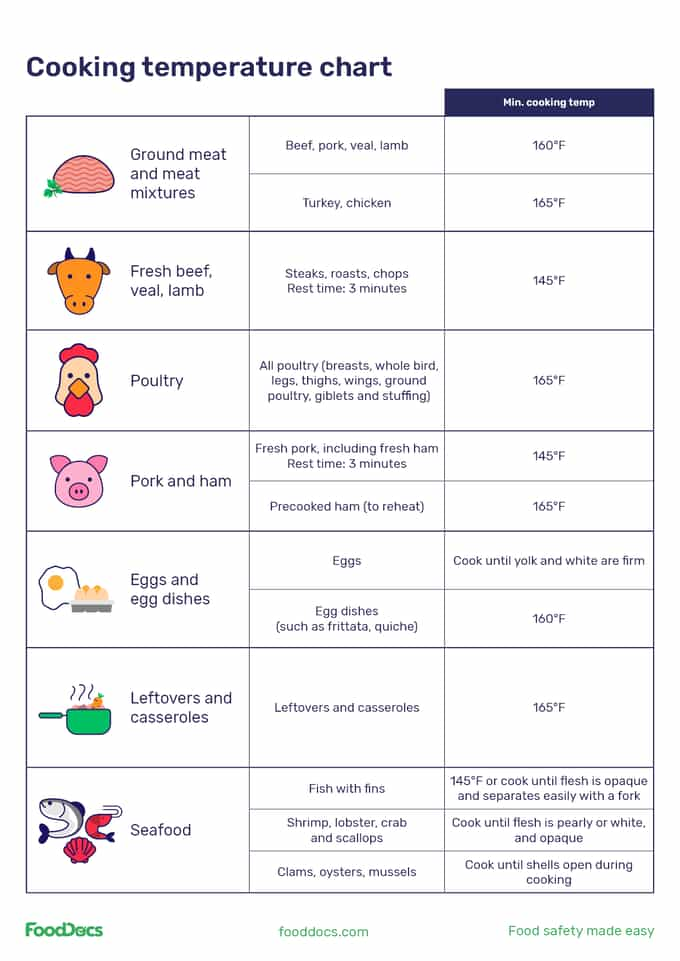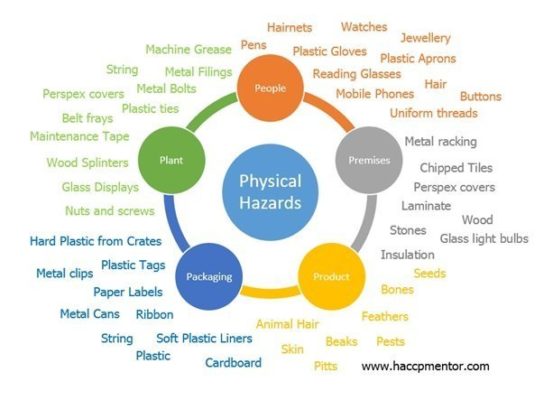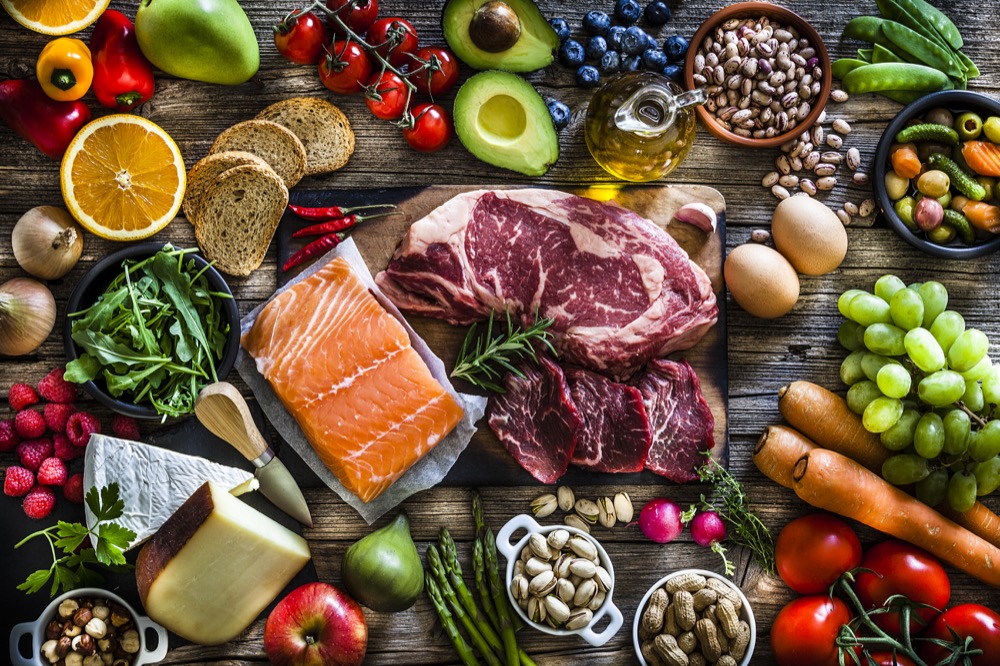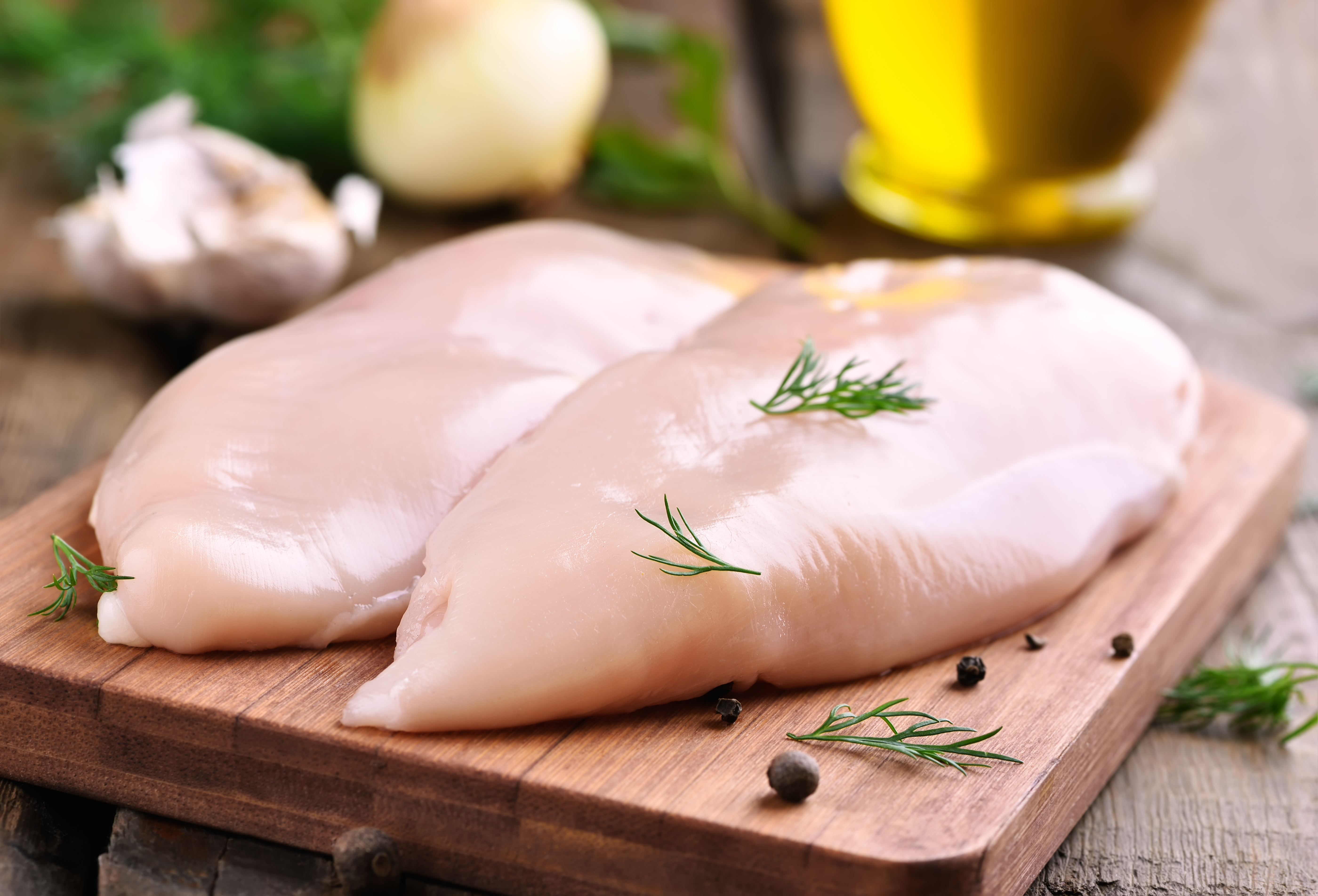potentially hazardous foods should always be
Hot or cold holding equipment may be required to store and display food during an event. Always keep potentially hazardous food under temperature control.

What Is The Temperature Danger Zone For Food
Potentially hazardous foods particular care should.

. School URAL FEDERAL UNIVERSITY. The list below based on the FDA Food Code is a good starting point. A PHF is a food that.
Potentially Hazardous Foods PHFs. This preview shows page 21 - 23 out of 92 pagespreview shows page 21 - 23 out of 92 pages. Hot or cold holding equipment may be required to store and display food during an event.
Potentially hazardous foods Particular care should always be taken with. All of the above. Meat fish and poultry.
The fish should have clear unsunken eyes and. Foods are accordingly assessed to be of high medium or low risk based on the potential to contain. A potentially hazardous food is food that may cause serious illness or injury if it is contaminated with a certain substance.
Estimates indicate 32 million Salmonella Enteritidis contaminated shell eggs 0004 are produced annually in the United States leading to over 800000 cases of salmonellosis. All of the above. Allowing guests to use the same plate for a return trip to the self-service bar.
The following activities should always be followed by thorough hand washing. Store potentially hazardous foods cold at or below 41 degrees Fahrenheit or hot at or above 140 degrees Fahrenheit to prevent the growth of disease. The FDA now refers to Potentially Hazardous foods as TimeTemperature Control for Safety TCS.
Cooked or Raw Animal Products. Potentially hazardous foods must be cooled from 140F to 70F in two hours and from 70F to 40F in how many hours. Red bucket filled with diluted bleach water C.
All potentially hazardous food should be kept below 41 o F for cold foods or above 135 o F for hot foods except during necessary preparation time or a short display period. Always purchase seafood from a reputable seller. Potentially hazardous Foods PHFs are foods that require time and temperature control in order to prevent bacteria growth.
A food thermometer is also required if potentially hazardous foods will be served. For any workstation within a kitchen the following articles should always be found. Keep cold food cold - 5ºC or below.
Novel technologies are under development to pasteurize the. Storing raw meat next to ready-to-eat food C. Raw fish shellfish and.
Copies of the guide are available at on our website or by emailing informationfoodstandardsgovau. Raw meat including. Potentially hazardous food is explained in Appendix 1 and 2.
Course Title A EN ENGLISH CO. O Using the restroom o. Dairy products including custard pies.
Shell eggs are classified as a potentially hazardous food by the United States Food and Drug Administration. Potentially hazardous foods In Standard 322 potentially hazardous food is defined as food that has to be kept at certain temperatures to minimise the growth of any pathogenic microorganisms that may be present in the food or to prevent the formation of toxins in the food. Contains moisture - usually regarded as a water activity greater than 085.
Is neutral to slightly acidic - typically having a pH between 46 and 75. All potentially hazardous food should be kept below 41 o F for cold foods or above 135 o F for hot foods except during necessary preparation time or a short display period. Plastic hand gloves B.
Safe Food Australia is a guide to the food safety standards in Chapter 3 of the Food Standards Code. Pages 117 This preview shows page 20 - 22 out of 117 pages. The following are considered PHFs.
Seafood can have different types of toxins that occur naturally in fish which can be hard to identify. Specific requirements are covered under Standard 322 clauses 5 6 8 and 10. Potentially hazardous food is a defined concept identifying foods to be maintained at certain temperatures to minimize the growth of any pathogenic microorganisms that may be present in the food or to prevent the formation of toxins in the food ANZFSC Standard 322 cl.
Allowing guests to re-use cups for beverage refills D. Holding hot potentially hazardous foods at 120 B. Keep hot food hot - 60ºC or above.
Potentially Hazardous Food is a term used by food safety organizations to classify foods that require time-temperature control to keep them safe for human consumption. The following are some of the commonly used examples of a potentially hazardous food. But as always producers should confirm on their own before selling and they can reach out to the local county extension or the USDA for advice.
1 hour B. Potentially hazardous foods are also referred to.

Temperature Requirements For Potentially Hazardous Foods Eh Minnesota Department Of Health Pie Chart Health Thermometer
Preventing Foodborne Illness Food Safety Sanitation And Personal Hygiene

List Of Potentially Hazardous Foods

List Of Potentially Hazardous Foods

Fire Safety Tips For The Workplace Fire Safety Tips Fire Safety Safety Tips

Http Www Woodfruitticher Com Pdfs Preparing Food Pdf Preparation Food Preparation Prevention

List Of Potentially Hazardous Foods

Tips To Create A Safe Warehouse Health And Safety Poster Safety Courses Occupational Health And Safety

List Of Potentially Hazardous Foods

The Ultimate Guide To Food Safety Hazards Haccp Mentor

Pretty Soon Kids Will Be Buzzing With Excitement At The Thought Of Unwrapping New Toys For Christmas Toys Can Be Gifts For Kids Emergency Room Christmas Toys

What Is Time Temperature Control For Safety Tcs

Hand Tools Safety Tips Power Tool Safety Safety Training Workplace Safety Tips

How To Keep Rice Warm For A Potluck How To Cook Rice Rice Food Borne Illness

5 Safety Tips Every Employee Should Know Workplace Safety Workplace Injury Safety Training
